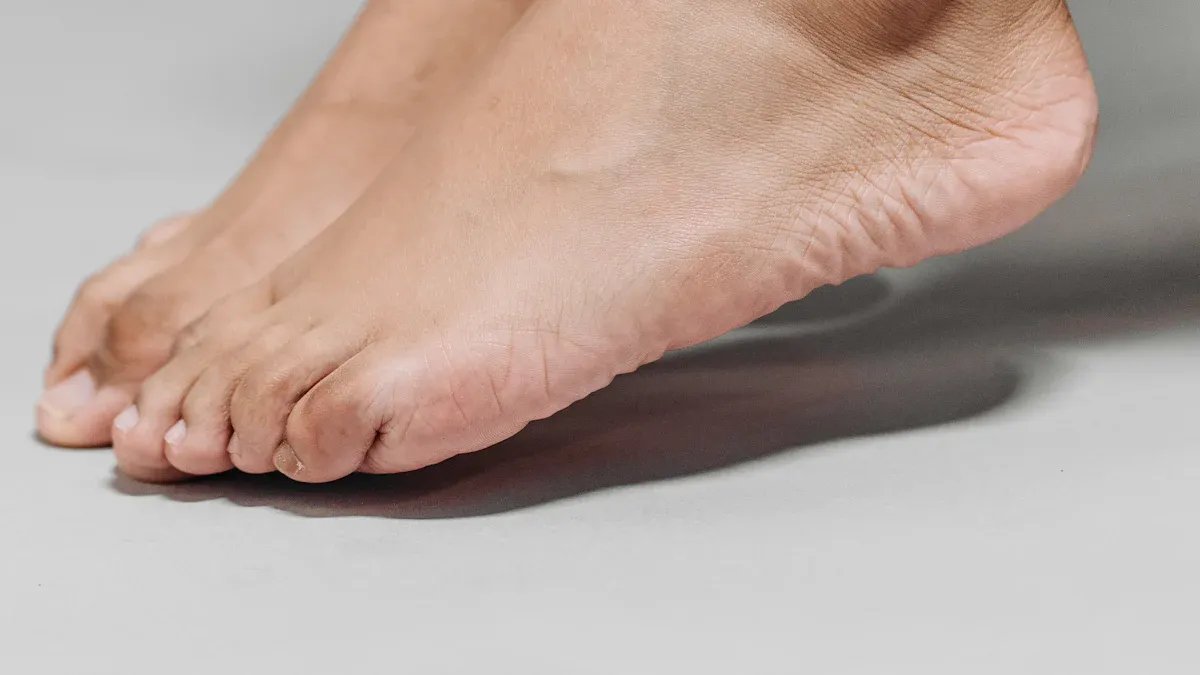
Socks play a bigger role in your comfort than you might think.
They don't just cover your feet—they protect them. But not all socks are created equal. Some trap heat and moisture, leaving your feet unhappy. Breathable socks, on the other hand, keep your feet dry and fresh.
Are your socks doing their job?
Key Takeaways
- Wet or sweaty feet mean your socks don’t breathe well. Pick socks made of materials like merino wool to stay dry and comfy.
- Hot feet show your socks stop air from flowing. Wear thin, airy socks to keep cool and feel better.
- Red or itchy skin means your socks are too tight or rough. Choose soft, smooth socks to avoid rubbing and stay comfortable.
Do Your Feet Feel Damp or Sweaty After Workouts?
Excessive moisture retention is a clear sign of poor breathability.
Have you ever peeled off your socks only to find your feet damp and clammy? That’s a telltale sign your socks are struggling to do their job. Socks that trap moisture fail to let your feet breathe, leaving them uncomfortable and prone to problems.
Damp socks can lead to odor, blisters, and fungal infections.
When your socks hold onto sweat, it creates the perfect environment for bacteria and fungi to thrive. This can lead to unpleasant odors, painful blisters, and even athlete’s foot. Plus, the constant friction between damp socks and your skin can cause irritation. Nobody wants that!
Research shows that sock materials play a big role in moisture retention. Wool, for example, can hold up to 30-50% of its weight in moisture while still feeling dry, making it a great choice for breathable socks. On the other hand, cotton absorbs more moisture and swells, reducing airflow and making your feet feel wetter. A study even found that socks made from a wool-polypropylene blend kept feet cooler and drier compared to other materials. Clearly, the right fabric matters.
Switch to breathable socks made from moisture-wicking materials like merino wool or synthetic blends.
The solution? Upgrade to breathable socks designed to wick moisture away from your skin. Look for options made from merino wool, which is naturally moisture-wicking, or synthetic blends like Coolmax. These materials help keep your feet dry and fresh, even during long days or intense workouts. Your feet will thank you!
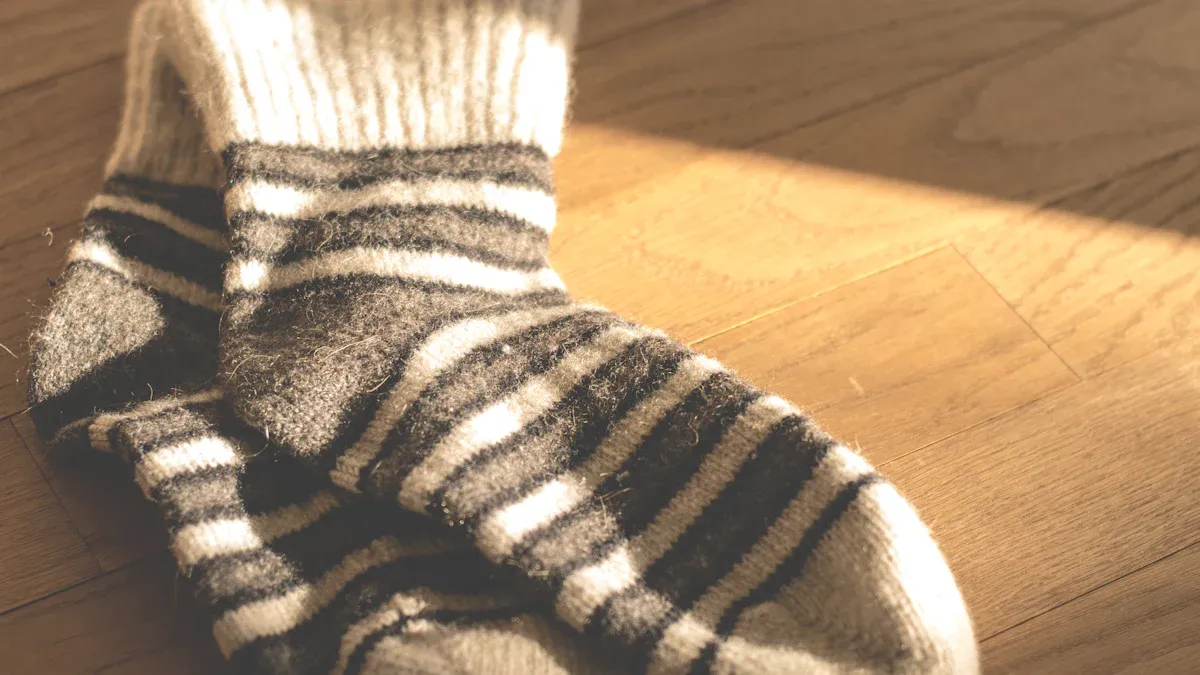
Do Your Feet Overheat More Than They Should?
Overheating indicates that your socks are not allowing proper airflow.
Do your feet feel like they’re trapped in a sauna by midday? That’s a clear sign your socks aren’t letting air circulate properly. Socks that block airflow trap heat, making your feet sweat and feel uncomfortable. This problem gets worse during physical activities or warm weather.
This can cause discomfort, especially during physical activity or in warm weather.
When your feet overheat, it’s not just annoying—it can slow you down. Sweaty feet can lead to slippery soles inside your shoes, increasing the risk of blisters. Plus, heat buildup can make your feet swell, leaving you feeling cramped and irritated. Whether you’re hiking, running, or just walking around, overheating can ruin your day.
Tip: Pay attention to how your feet feel after wearing socks for a few hours. If they’re consistently hot and sweaty, it’s time to rethink your sock choices.
Opt for lightweight, breathable socks designed for temperature regulation.
The solution is simple: switch to breathable socks. Lightweight socks made from materials like merino wool or synthetic blends are designed to regulate temperature. They wick away sweat while allowing air to flow, keeping your feet cool and dry. Look for socks labeled as "breathable" or "moisture-wicking" to ensure maximum comfort. Your feet deserve a break from the heat!
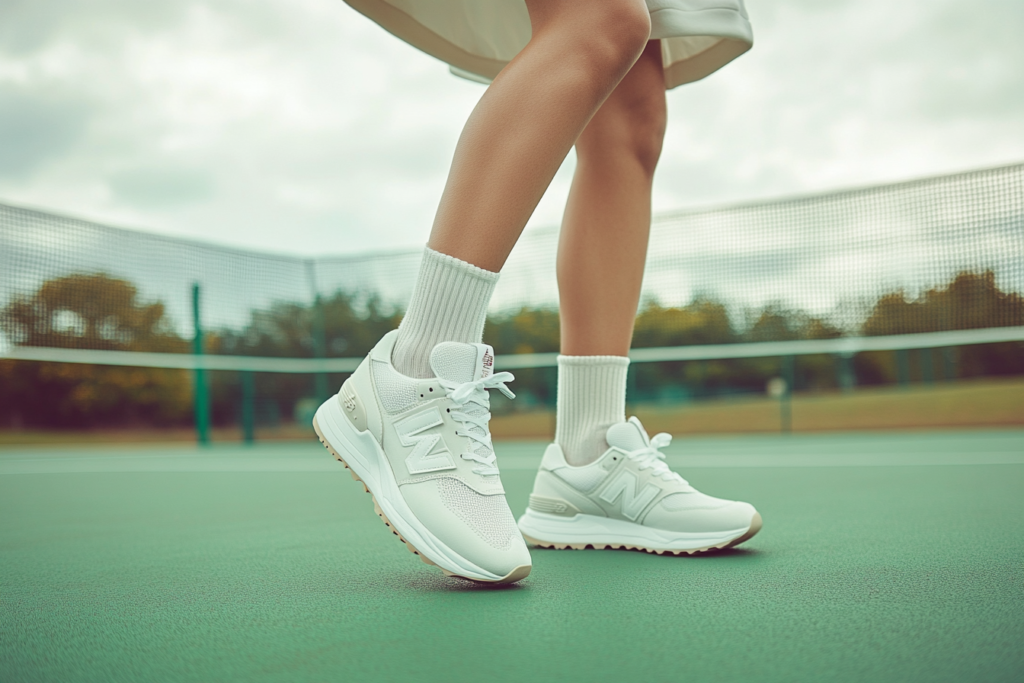
Are You Noticing Skin Irritation or Redness?
Non-breathable socks can trap sweat and bacteria, leading to skin irritation.
Have you ever noticed your feet feeling itchy or red after a long day? That could be your socks causing trouble. Non-breathable socks trap sweat, creating a damp environment that irritates your skin. Over time, this can lead to redness, itching, or even rashes. It’s not just uncomfortable—it’s a sign your socks aren’t doing their job.
Redness, itching, or rashes may indicate friction or trapped moisture.
When socks don’t allow your feet to breathe, they hold onto moisture. This dampness increases friction between your socks and skin, which can cause chafing and irritation. If your socks are too tight or made from rough materials, the problem gets worse. In some cases, this can even lead to conditions like contact dermatitis.
Did you know? Tight-fitting shoes paired with non-breathable socks can make things worse. They increase the risk of skin irritation and bacterial growth, leaving your feet feeling miserable.
Choose seamless, breathable socks with soft materials to reduce irritation.
The good news? You can fix this by switching to breathable socks. Look for seamless designs made from soft, moisture-wicking materials like bamboo or merino wool. These socks reduce friction and keep your feet dry, helping to prevent irritation. Your feet will feel more comfortable, and you’ll avoid those annoying red marks.

Do Your Socks Smell Bad After Just One Wear?
Persistent odor is a sign that your socks are not managing moisture and bacteria effectively.
Have you ever noticed a strong, unpleasant smell coming from your socks after a long day? That odor isn’t just sweat—it’s a sign your socks are failing to do their job. When socks don’t manage moisture properly, they create the perfect environment for bacteria to thrive. And bacteria, not sweat, are the real culprits behind that foul smell.
Poor breathability creates a breeding ground for odor-causing bacteria.
Socks absorb sweat throughout the day. If they’re not breathable, that moisture gets trapped in the fibers. This damp environment allows bacteria to multiply, leading to persistent odors. Even after washing, some socks can hold onto bacteria, making the smell return as soon as you wear them again. It’s frustrating, isn’t it?
Fun Fact: Did you know that bamboo socks are naturally odor-resistant? Bamboo fibers have antibacterial properties that help keep your feet fresh.
Invest in odor-resistant, breathable socks made from bamboo or treated cotton.
The solution is simple: upgrade your sock game. Look for odor-resistant options made from bamboo or treated cotton. These materials are designed to fight bacteria and wick moisture away from your skin. Breathable socks not only keep your feet dry but also help prevent that embarrassing smell. Your feet—and your nose—will thank you!
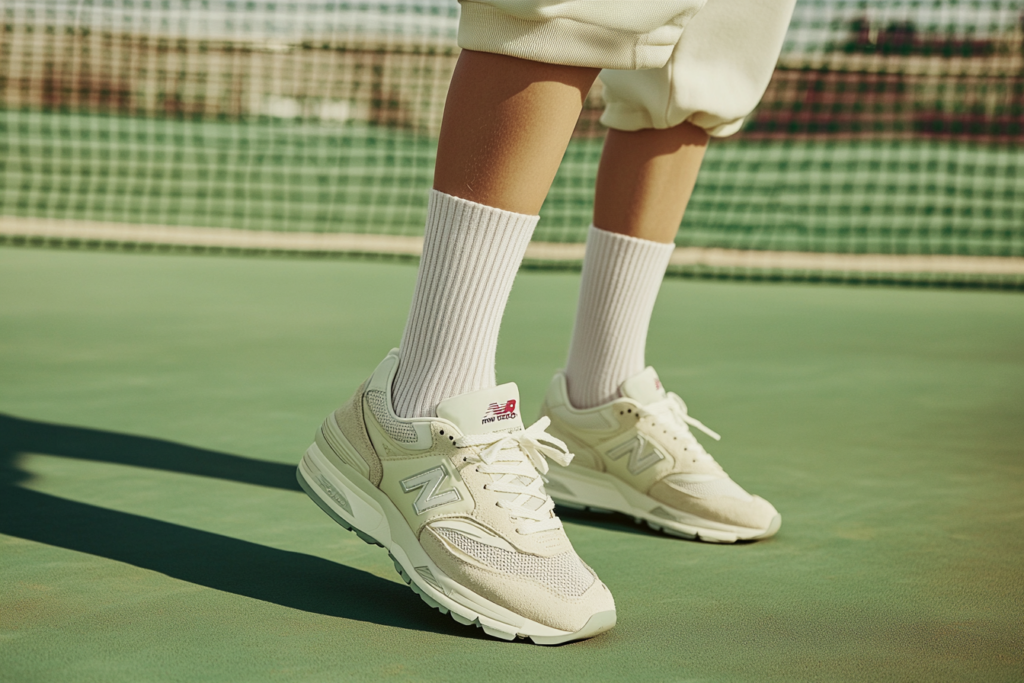
Are Your Socks Leaving Marks or Feeling Too Tight?
Tight socks that leave elastic marks can restrict airflow and blood circulation.
Have you ever taken off your socks and noticed deep elastic marks around your ankles? That’s a clear sign your socks are too tight. When socks squeeze your feet, they don’t just feel uncomfortable—they can actually restrict airflow and blood circulation. This can make your feet feel tired, swollen, or even numb after a long day.
This can lead to discomfort, swelling, or even numbness in your feet.
Tight socks don’t just leave marks; they can cause bigger problems. Restricted blood flow can lead to swelling, especially if you’re on your feet all day. In some cases, you might even feel tingling or numbness in your toes. Over time, this can affect your foot health and make everyday activities harder. If your socks feel like they’re cutting off circulation, it’s time for a change.
Tip: Pay attention to how your feet feel after wearing socks. If you notice discomfort or swelling, it’s a sign your socks aren’t the right fit.
Look for socks with a comfortable fit and elastic that doesn’t constrict.
The solution is simple: find socks that fit comfortably without squeezing. Look for options with gentle elastic that stays in place without digging into your skin. Many brands now offer socks labeled as “non-binding” or “comfort fit.” These designs prioritize your foot health while keeping you comfortable all day. Your feet deserve socks that feel like a hug, not a vice!
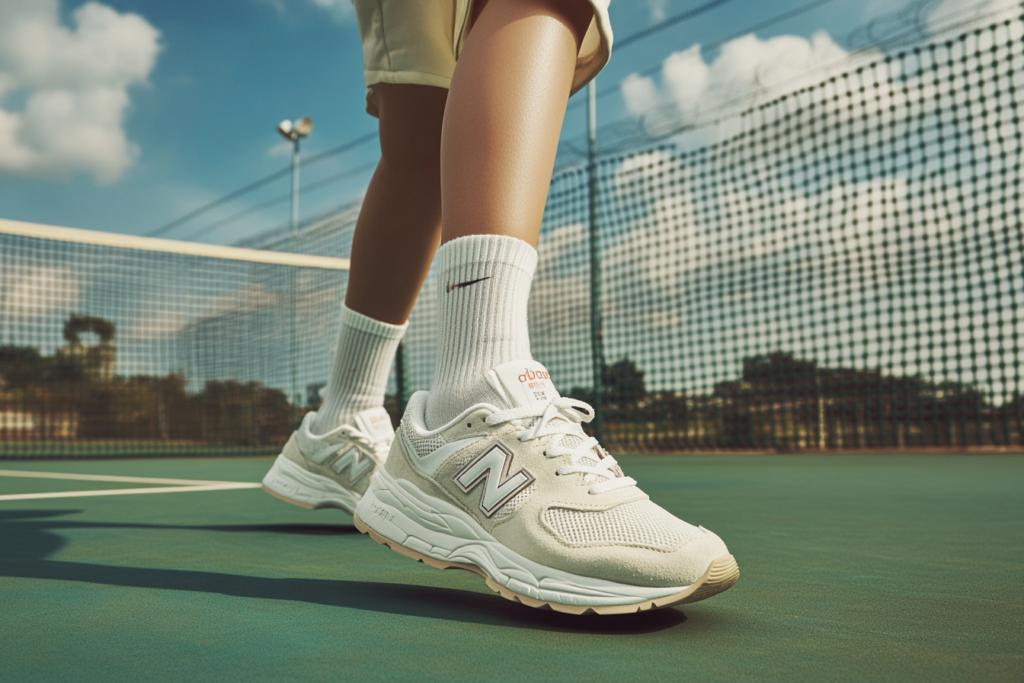
Conclusion
Socks aren’t just accessories—they’re essential for keeping your feet happy and healthy. If your socks show any of these signs, it’s time to upgrade. Breathable socks made from moisture-wicking materials improve foot health and comfort. They also save money by lasting longer. Choose quality socks and enjoy dry, comfortable feet every day.
Did you know? The demand for breathable socks is growing as people prioritize comfort and wellness. High-quality socks reduce odor, infections, and replacements, making them a smart investment.
FAQ
What are the best materials for breathable socks?
Look for merino wool, bamboo, or synthetic blends like Coolmax. These materials wick moisture and improve airflow, keeping your feet dry and comfortable. 🧦
How often should I replace my socks?
Replace socks every 6-12 months or when they lose elasticity, develop holes, or no longer feel comfortable. Regular replacement ensures better foot health.
Can breathable socks help with foot odor?
Absolutely! Breathable socks reduce moisture, which prevents bacteria growth—the main cause of odor. Choose odor-resistant materials like bamboo or treated cotton for fresh-smelling feet. 👃
Related
1.Merino →
2.Moisture Wicking Socks - A Research Update →
3.Coolmax →
4.bamboo material →
5.Odor Resistant Socks: Redefining Clean with Antimicrobial Technologies →
